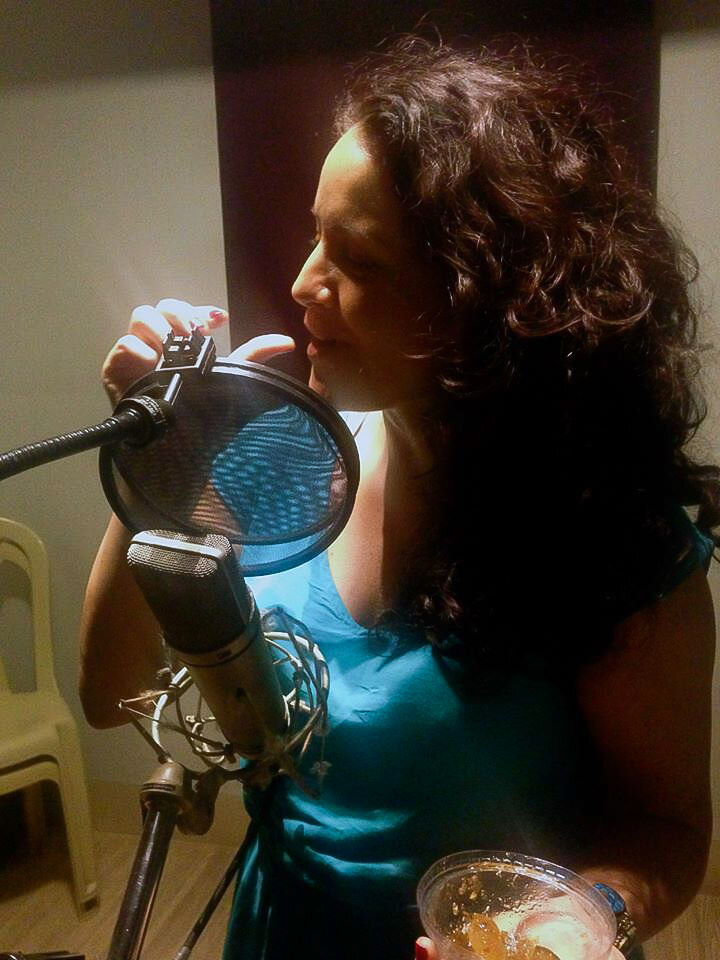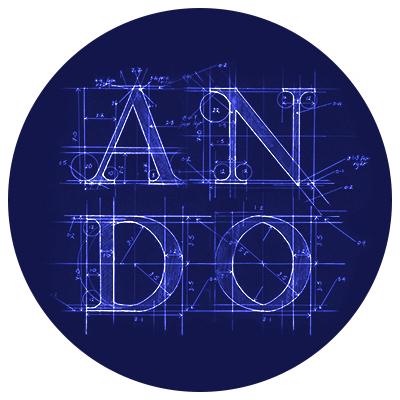A Tale of Two Virtual Reality Films
Vibrations is a VR narrative documentary based around the events of the Nepal Earthquakes of 2015. It follows the journey of two filmmakers, who decide to document the aftermath of a massive earthquake, after one of them has a dream about it, but can’t remember it anymore. As they go chasing this dream, strange events unravel, and deeper questions emerge out of the chaos, leading to powerful discoveries, both physical and metaphysical.
Due to her expiring visa, Ju, a Brazilian woman, leaves India leaving behind her lover, Tanushree, a young Indian woman. Separated by continents they start exchanging audio and text messages. To express their love in absence of each other, Ju performs an Indian classical dance and Tanushree, a capoeira dance. In these physical forms they find a temporary union. When Tanushree’s rational side arises, she questions the relationship, sending Ju diving into a poetic world…
Official Selection at Cannes Film Festival
2016
Winner at the Kaleidoscope Film Festival
2016
Official Selection at Geneva International Film Festival
2016
Best Immersive Experience: Festival du Nouveau Cinema
2016
Circa 2015
Over the spring of 2015, Pierre Friquet (Pyaré) and I co-created these two 360 films for the virtual reality medium, our first. The Samsung GearVR was about to release and VR was poised to become the ‘next big medium’. Beyond the hype, we believed that VR could really change the way we interact with media, creating empathy with subjects and more thoughtful interactions. With a small grant, we set out to film Jetlag about a long-distance relationship between two women, a Brazilian Kathak dancer and Indian Capoerista. As we were wrapping up the Mumbai leg of the shoot, a massive earthquake struck Nepal, which shook the rooftop I was on, nearly 2000 kms away.
Having just spent a few months walking around the mountains of Nepal, bonding with the communities and nature alike, I had a strong connection there. That night I had a vivid dream, which vaporized in the morning, but left me with an unshakeable intuition that I had to go there. So I picked up my 360 filming equipment, and took the first flight into Kathmandu, with Pierre, who trusted my crazy vision for some reason. Vibrations is the story of what happened to us in the next two months.
Our process was messy, with lots of going down a path only to turn back. There were few good answers, except what felt good. At the time, we didnt know if we were on the right track, and didnt pay much attention to documenting the process.
The following is an attempt to explain some of the concepts and techniques we used to translate our vision into the language of this hitherto unknown landscape of VR films.
But First, the Films
The following are embedded links to both the short films, and I encourage you to experience them in a headset, as text and videos on a screen do not match up to the experience. Do keep in mind that these were shot with a homemade rig on a shoestring budget in the very early days of VR film production.
You can find them on YoutubeVR, from within an Oculus Quest
Search for “Vibrations 360” in the YoutubeVR app
Search for “Jet Lag VR” in the YoutubeVR app

“Narrative video pieces are surprisingly rare in the early days of VR storytelling, but this 11-minute film is a vote of confidence for the form. The tale of two women navigating the uncertain terrain of a suddenly-long-distance relationship uses 360-degree video to find sentiment without becoming saccharine”
- Peter Rubin, WIRED
Building Presence
i.e. emotional presence, trying to connect the user to the experience, by engaging not just their cognitive skills (so they “believe” what they’re experiencing, including suspension of disbelief), but their empathetic abilities. Music, characters and environment building play huge roles in this process.
A lot of this needs to happen very early on in the experience to be useful, but given that VR films at the time didn’t exceed 10 minutes, we had to get this right from the get go.
For the opening sequence of Vibrations, which is centered around the 8.0 earthquake, we had a challenge: because we weren’t actually there, how do we begin?
After a lot of debate and experiments, we chose to use regular (‘flattie’) footage shot by a hiker in Himalayas who is there during that earthquake. We use this transition from flat footage to 360, as a metaphor for our journey into Nepal : coming from outside, in.
On the right is footage grabbed from within a headset, of what this transition feels like.
Vibrations [00:00]
In Jetlag, we set the tone by immersing users into downtown Mumbai flying along behind the taxi of the protagonist, participating in her WhatsApp messages
On the left is footage grabbed from within a headset, of what this opening sequence feels like.
It will most likely be the first time most viewers are trying VR, and so it’s important to build this presence. That was true in 2015, and is still true in 2020.
In Vibrations the opening sequence is pretty hard-hitting and that was by design. You’ll notice that the cadence of the film switches between dynamic and dramatic sequences and more placid ones. This was to not only represent what the earthquakes were like, but our journey as well.
Jetlag [00:00]
Building Intimacy
One of the most powerful aspect of VR is that since you can feel like you’re there, one can craft environments and scenes that heighten the perception of intimacy: being somewhere almost sacred, that you otherwise wouldn’t have been.

In a particular scene in Vibrations, where the filmmakers have reached the town-that-used-to-be at the epicenter of the earthquake, we find ourselves inside the roofless house of this forlorn person, who doesn’t seem to know what to do, and both this person and you simply share this space, acknowledging it.
Vibrations [11:22]

In another scene from the epicenter, you see one of the filmmakers (Ando) taking pictures of the kids and showing them and they’re all having a good time. This reveals a different side to the place, where all is not doom and gloom, and that perspective counts for a lot
Vibrations [08:17]
In Jetlag, we find ourselves in a stationary taxi with Tanushree and the taxi driver. The obscured windows due to the ongoing carwash seal us all into this little world, where you can hear the narrative that she types out as her lovelorn message to Ju.
This fly-on-the-wall experience of a moment in her life serves to heighten the feeling of emotional intimacy, whether it’s taking part in their text or voice messages left.
Jetlag [01:36]
Adapting to the Medium
Pierre was coming from traditional media and film school, and I from a tech and photography background. We had to adapt to being able to tell sometimes complex stories effectively in a short duration.

A lot of the storytelling in Vibrations hinged on the ability to make this catastrophe personal, so we focused on finding and working with people who were affected by it. We realized that regular interviews tended to be boring in VR, so we adapted a “contextual-interview” method from news television, but used the backdrop (hence the space that users are inhabiting) as part of the story, and the interview was shot with a regular camera and placed within the 360 world.
Here Revati Gurung tells the story of how she wanted to help after the earthquake but felt she had no skills. So she started making tea (‘chia’) and bringing it to the hospital across her house to share.
Vibrations [05:01]
We borrowed another method from film and television, that of “split screens”, but used contextualization to make it effective in VR.
On one rescue mission, we picked up a group of monks from an already remote monastery, now cut off due to landslides caused by the earthquake, from near the Chinese border.
Here you see him praying and on turning around, you see the view outside of the helicopter and understand why this person with very limited contact with the outside world may be scared.
This method also alllowed us to shoot much more creatively, using regular cameras and fisheye lenses to create these synthetic frames.
Vibrations [03:30]
In one of the last scenes where we find Tanushree breaking up with Ju over the phone in audio, while a capoeira chase happens with what we can only construe as a new love interest for Ju.
At the time it was considered bad practice to do “hard cuts” in VR, i.e. switch abruptly from one scene to another, as is common in film, since it can be jarring to users. We however found that there were many exceptions to this rule, and employed it here
Users are encouraged to follow along with the characters in this dynamic scene, but also not left hanging when things change.
Jetlag [03:30]
Surrealism
Both films have aspects of surrealism, and they arrive at times when some resolution is necessary. Given that this is not something any user could actually experience in real life, we felt that these scenes have to treated carefully, especially when transitioning into them
In Vibrations, we employ this in a subtle way. There’s a few timelapse sequences which start out running at normal speed, but gradually build up. My favorite was sequence at Boudanath in Kathmandu, one of the holiest Buddhist sites, where people just walk around this whitewashed stupa, and used this motif to link to my dream, the genesis of the journey.
Vibrations [07:02]

For the end credits, this technique was used by manipulating a panoramic image that I’d taken at Annapurna Base Camp. This makes viewers feel as if they are floating in this limbo zone.
Vibrations [13:16]
In Jetlag, it was Pierre’s idea to have Ju jump into this water tank, symbolic to her wanting to escape her reality, and use a blue limbo space as well as silence, to give voice to her grief.
Jetlag [01:36]
Credits
Co-creator, Script, Editing & Direction : Pierre Friquet
Co-creator, VR cinematography & Technical Direction : Ando Shah
Sound Design & Mixing : Niraj Gera
Cast : Amrita “MEL” Deliwala, Veronica Simas De Souza, Joy “Capitao” Katera
Press
WIRED 2016
VICELAND 2016
VR Focus 2016
Mettle (Adobe) Blog 2016
CNET 2016
L’Express 2016
La Realite Virtuelle 2016
Road To VR 2016


Voice over for Jetlag scenes

Capoeira camera rigging on the rooftop

Kathak behind the scenes during the dance sequence

Yellow Submarine being prepared for shooting in Nepal

A man gets his head shaved, symbolic of losing a family member, in Nepal

Children playing in Barpak, the epicenter of the Nepal earthquake

Central Kathmandu half-flattened

The Japanese rescue team looking for survivors

Topographical map of the rescue operations in the heavily affected regions in North-Central Nepal

Before masks were cool

Pierre about to ride a rescue chopper







